As parents today, we often feel pressure to buy everything brand new for our kids. After all, “new” means safe, shiny, and perfect, right? Surprisingly, that’s not always true. Second-hand toys can often be safer, smarter for your wallet, and kinder to the planet.
Parenting already comes with a long list of expenses, and toys can burn a hole in your pocket faster than you realize. Birthday gifts, sudden toy obsessions, or peer influence, sometimes it feels endless. But here’s the good news: pre-loved toys can actually take the stress away without compromising fun or safety. The trick lies in knowing how to choose wisely.
Let’s break this down and talk about why second-hand toys deserve a fresh look, what to avoid, and how to keep playtime both safe and joyful.
Why Second-Hand Toys Make Sense
- Budget-friendly relief: Kids’ interests change overnight. They might beg for a toy today and forget it next week. Why buy something pricey when you can get it second-hand for a fraction of the cost?
- Same fun, less guilt: Your child won’t care if the Lego blocks are brand new or slightly faded. At the end of the day, it’s about playing, building, and laughing.
- Better tested for safety: Many second-hand toys have already stood the test of time. If they’ve survived another child’s play sessions, chances are they’re sturdy and durable.
- Good for the planet: Choosing pre-loved toys means less plastic waste, less packaging, and fewer resources going into making something new. It’s a small step but an important one.
Not All Pre-Loved Toys Are Safe
Not every hand-me-down toy is worth it. Some can carry risks that every parent should look out for.
- Broken or sharp edges: Cracked plastic, snapped parts, or rusted corners can hurt little fingers.
- Too old (vintage) toys: Some toys made before the early 2000s may not meet today’s safety guidelines. They might even contain harmful paint or small, unsafe parts.
- Missing pieces: A puzzle with half the pieces missing or a doll with a loose head can frustrate more than entertain.
- Stuffed toys without care: Plush toys can carry dust, germs, or allergies if not washed properly.
Precautions Before Bringing Them Home
Second-hand doesn’t mean second-rate, but it does need a parent’s eye for detail. Here are some simple precautions:
- Check for recalls: A quick online search tells you if the toy model was ever recalled for safety reasons.
- Inspect thoroughly: Run your hand over the toy to feel for cracks, chips, or loose parts. If it feels unsafe, it probably is.
- Wash and clean: Always wash soft toys, sanitize plastic or wooden ones, and wipe down every corner before handing them to your child.
- Look at the age label: Ensure the toy is age-appropriate for your child, even if it’s second-hand. Small detachable parts are risky for toddlers.
- Trust your gut: If something feels off about the toy, skip it. Your instincts are usually right.
The Do’s and Don’ts of Second-Hand Toys
Do’s:
- Do accept well-maintained hand-me-downs from family or friends you trust.
- Do wash, disinfect, and air out all toys before use.
- Do keep an eye on durability—solid, sturdy toys are usually a safe bet.
- Do choose timeless classics like blocks, cars, books, and pretend play sets—they rarely go out of style.
Don’ts:
- Don’t give broken or incomplete toys, no matter how small the flaw.
- Don’t accept toys that are too old or unbranded with unclear safety information.
- Don’t ignore your child’s reactions; if they dislike or feel uncomfortable with a toy, let it go.
- Don’t forget to rotate toys, as keeping them fresh avoids boredom and reduces clutter.
Conclusion
Imagine this: your child is obsessed with trains this month, but you know that obsession may fade by next month. Instead of rushing to buy the latest flashy set, you ask a fellow parent whose child has outgrown their train set. Both families win as their clutter reduces, your child gets a new playmate, and your wallet stays intact.
Second-hand toys aren’t just a budget hack; they’re a smart, sustainable, and sometimes even safer way to give your child more playtime without more stress. With a little attention to safety checks and a practical approach, hand-me-down toys can become the heroes of childhood memories.
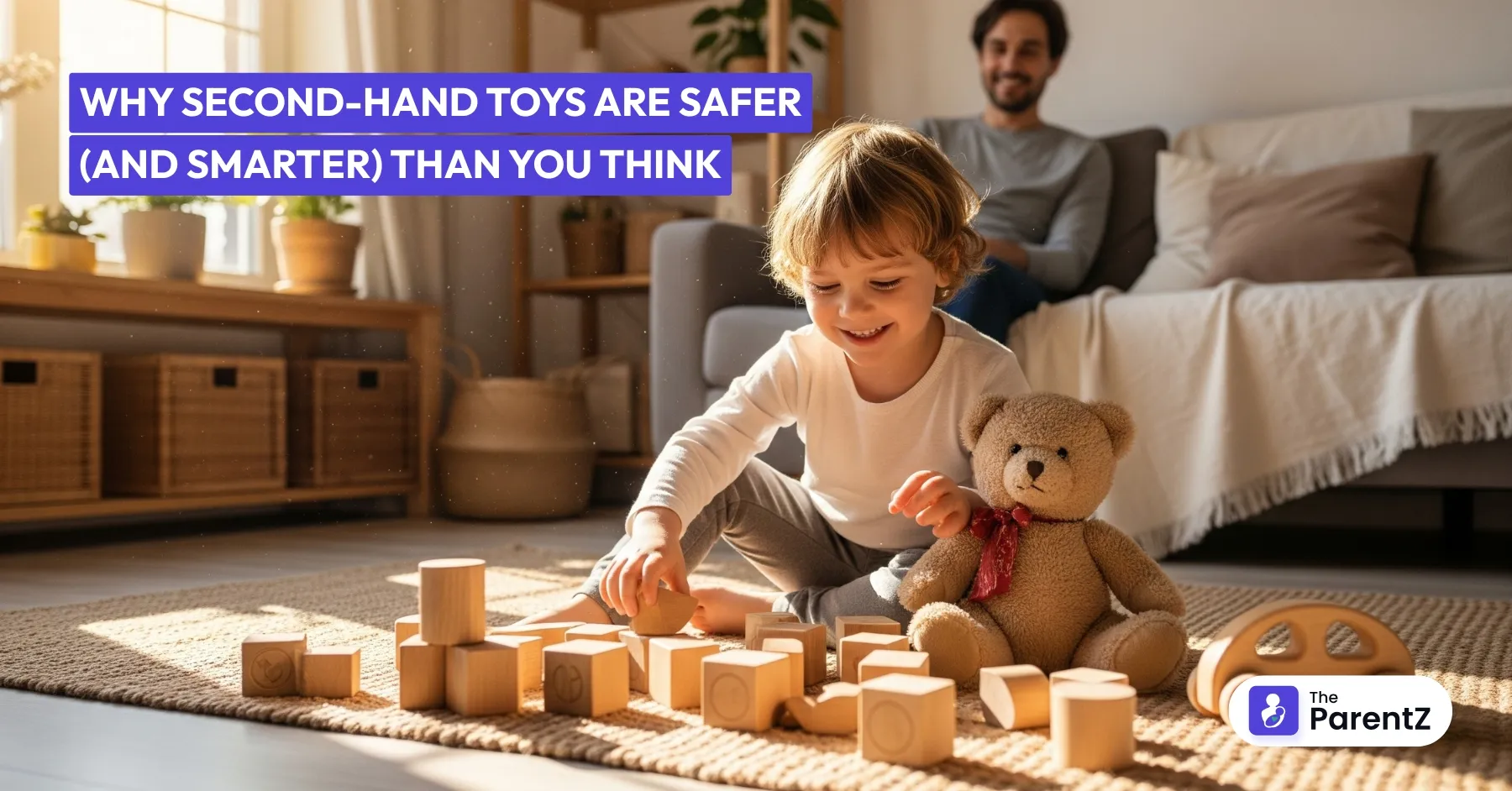
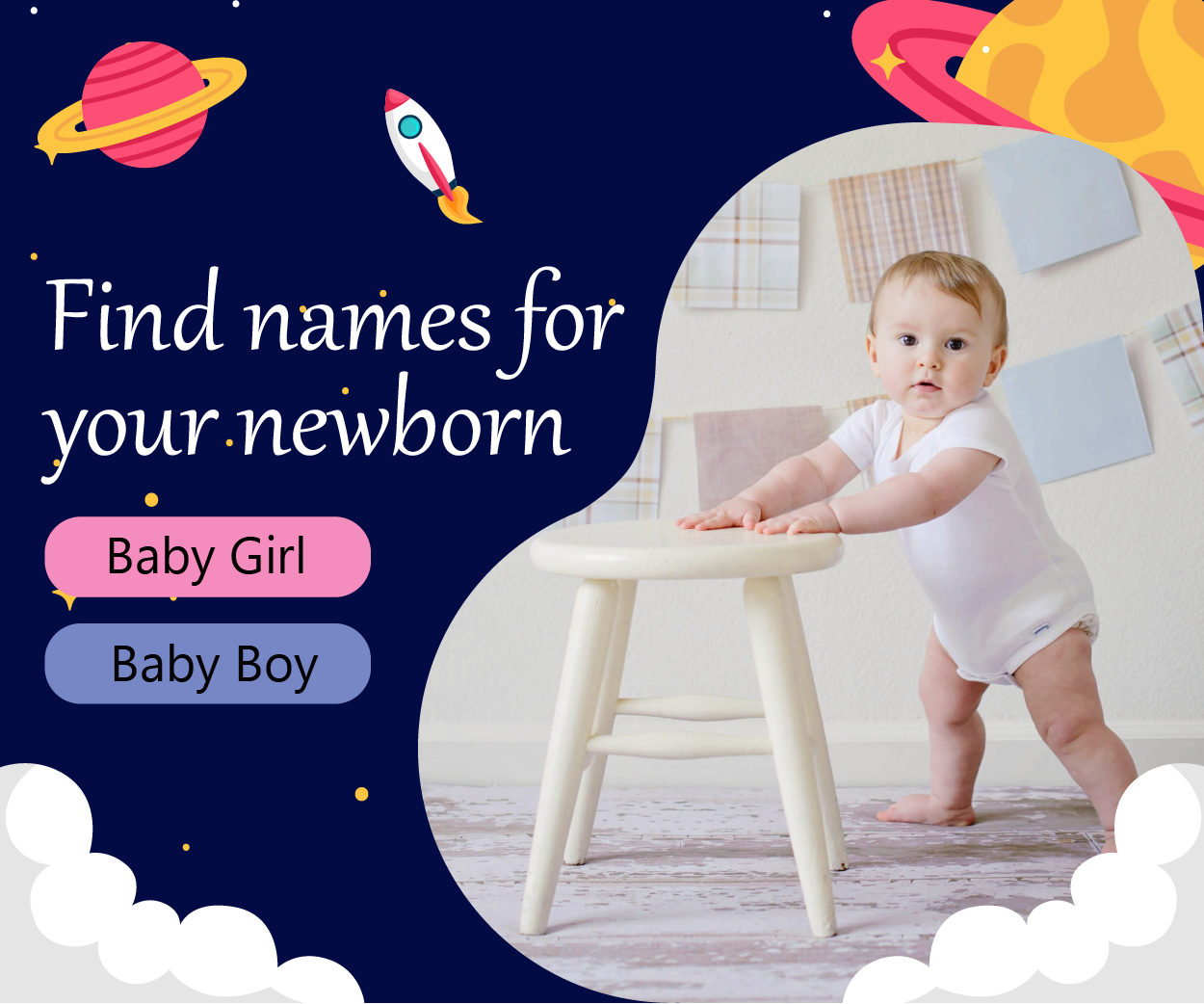

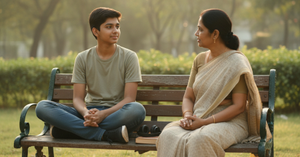
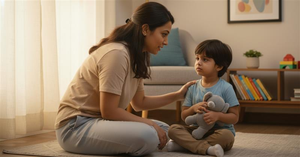


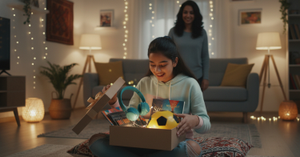
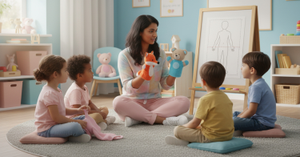
Be the first one to comment on this story.